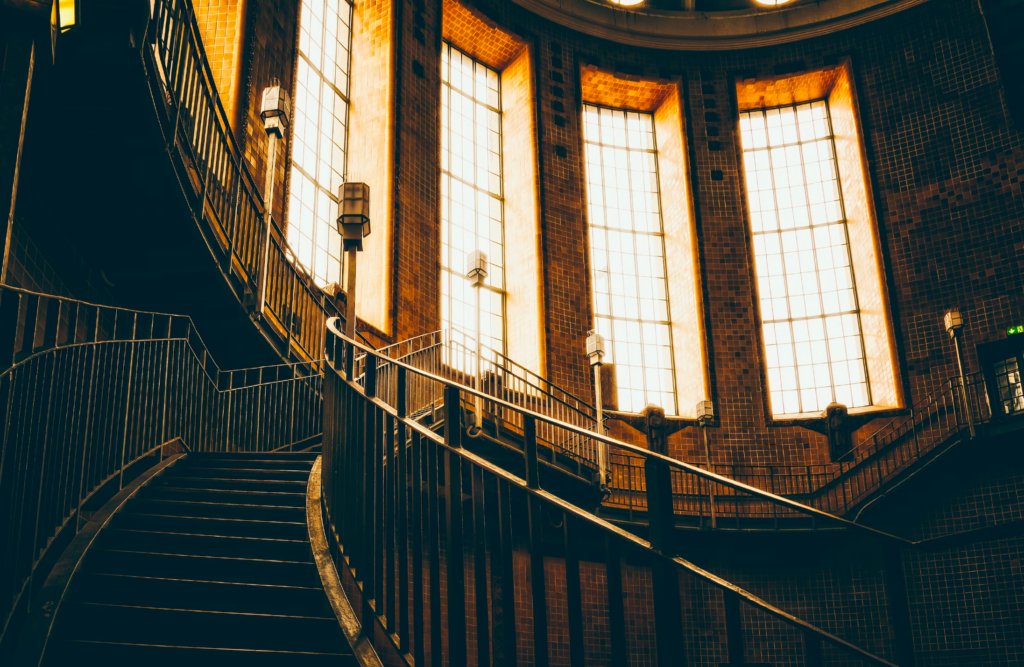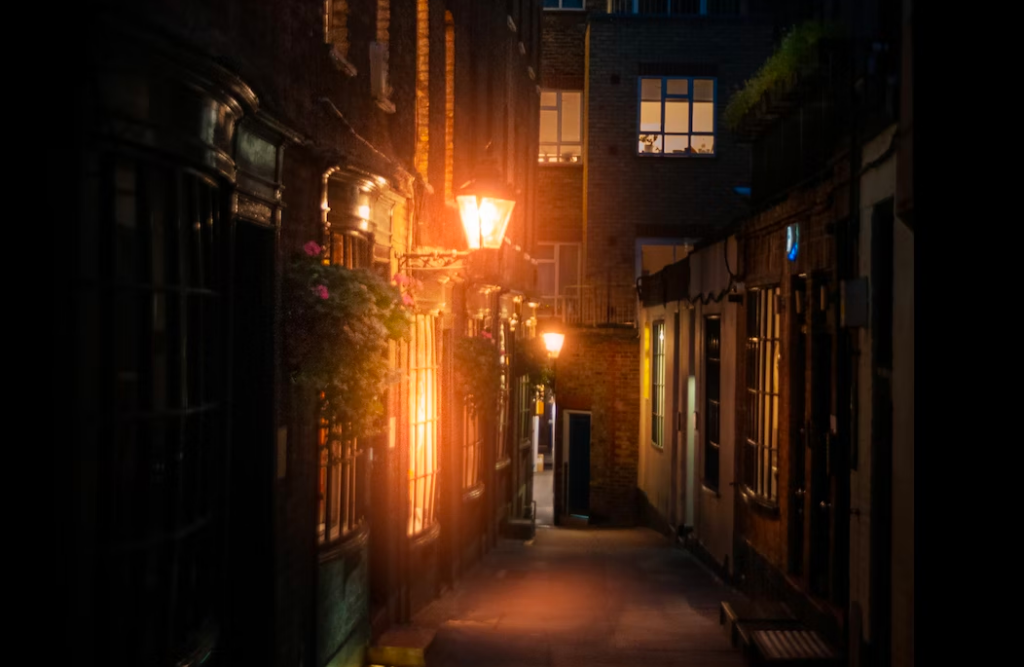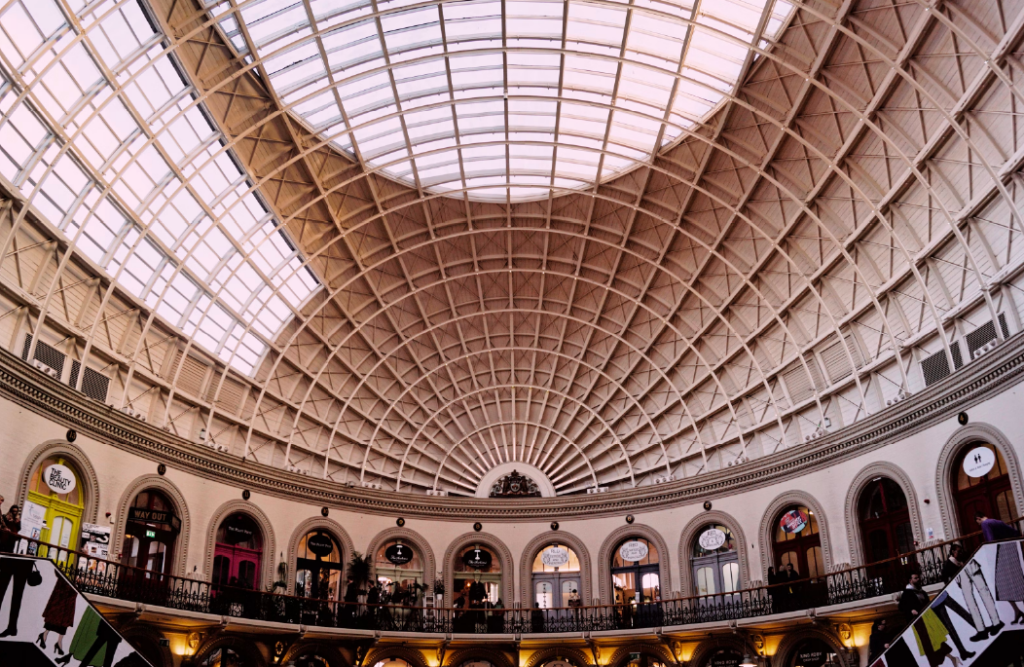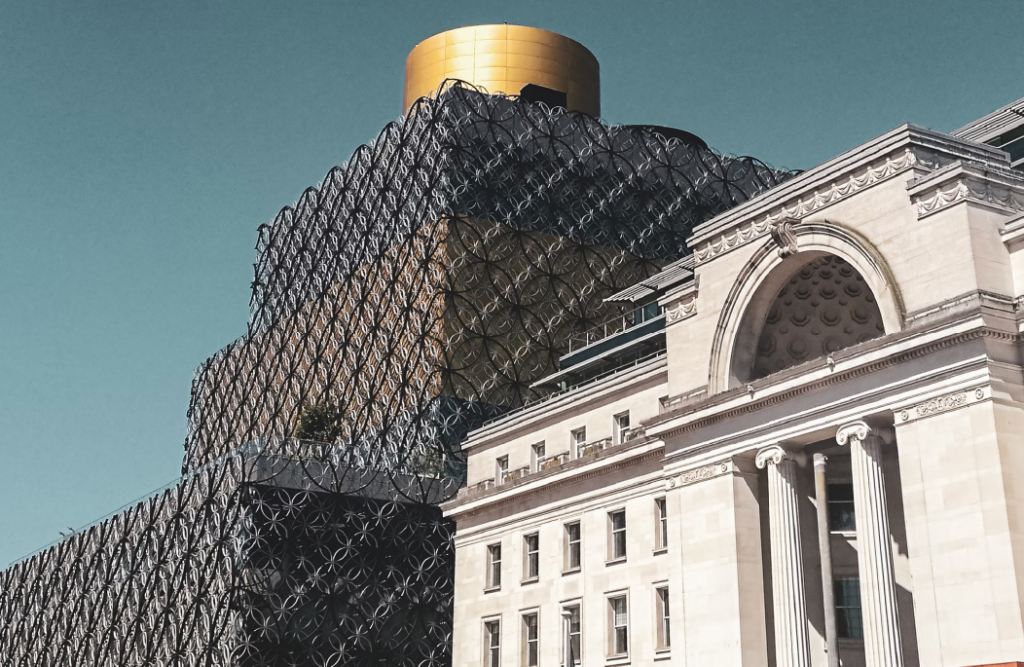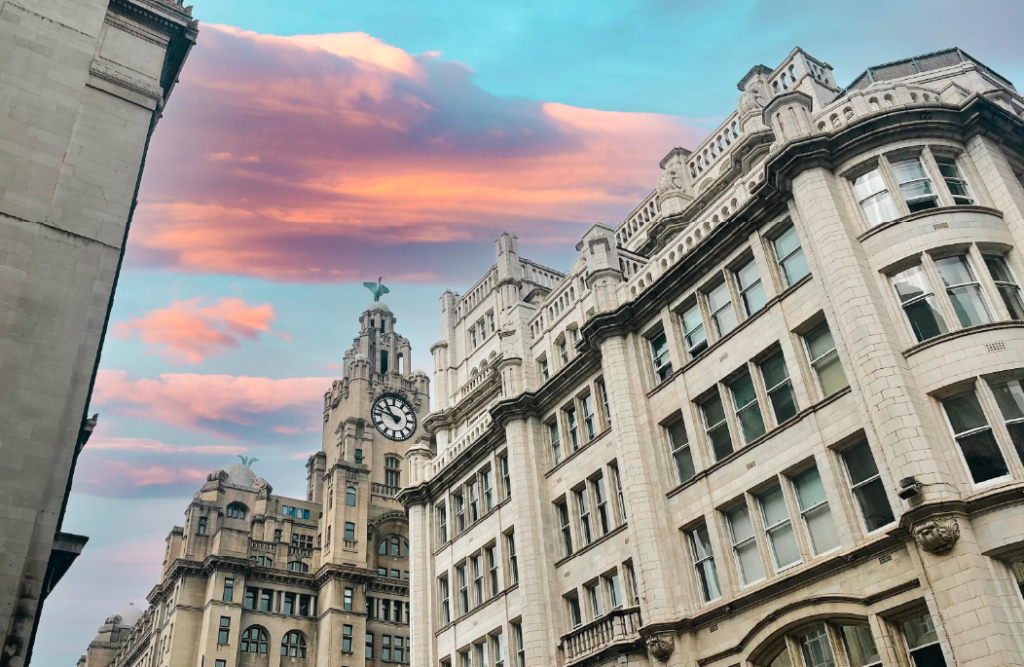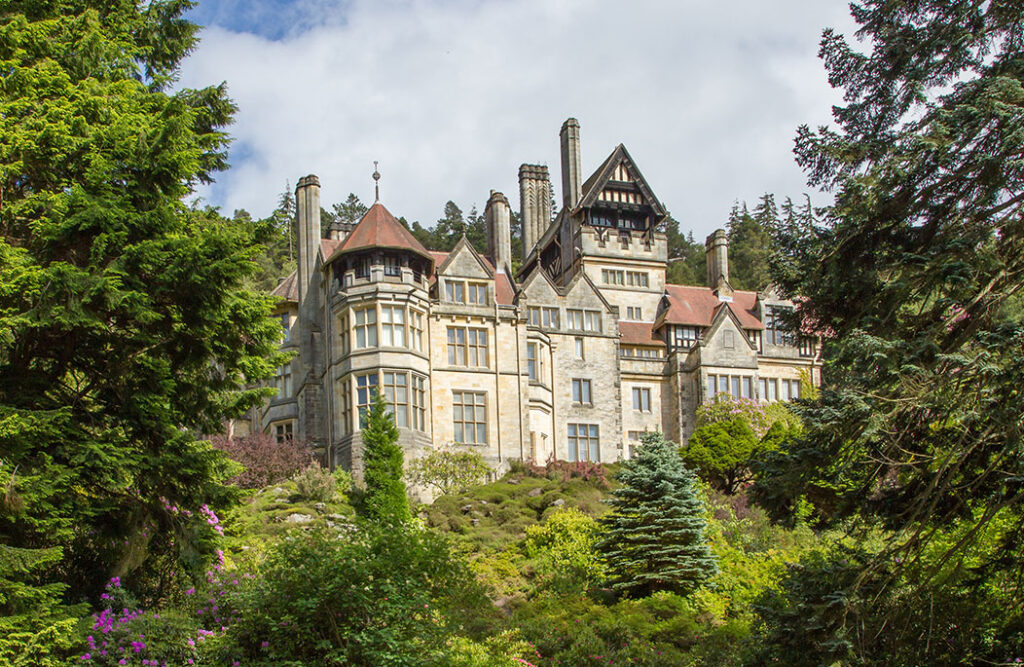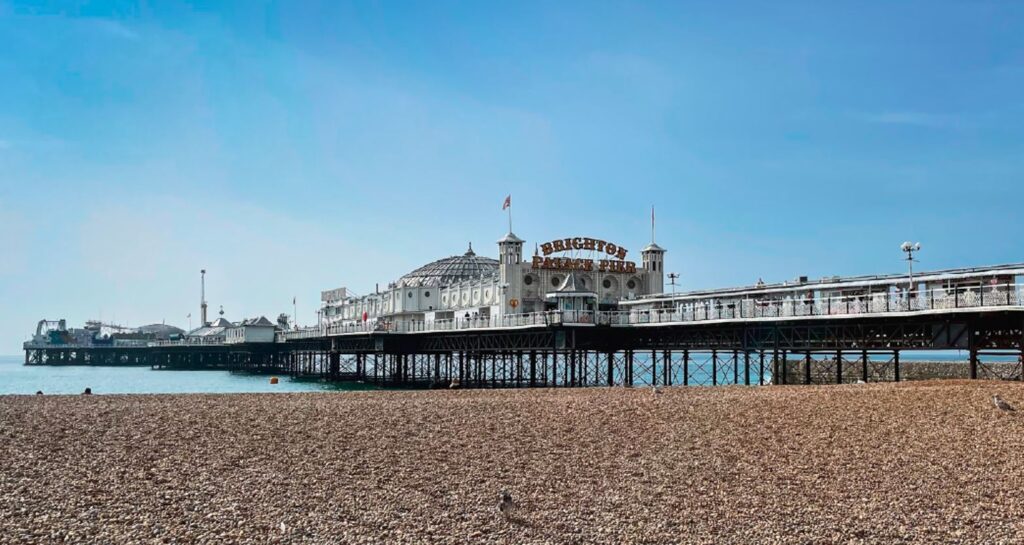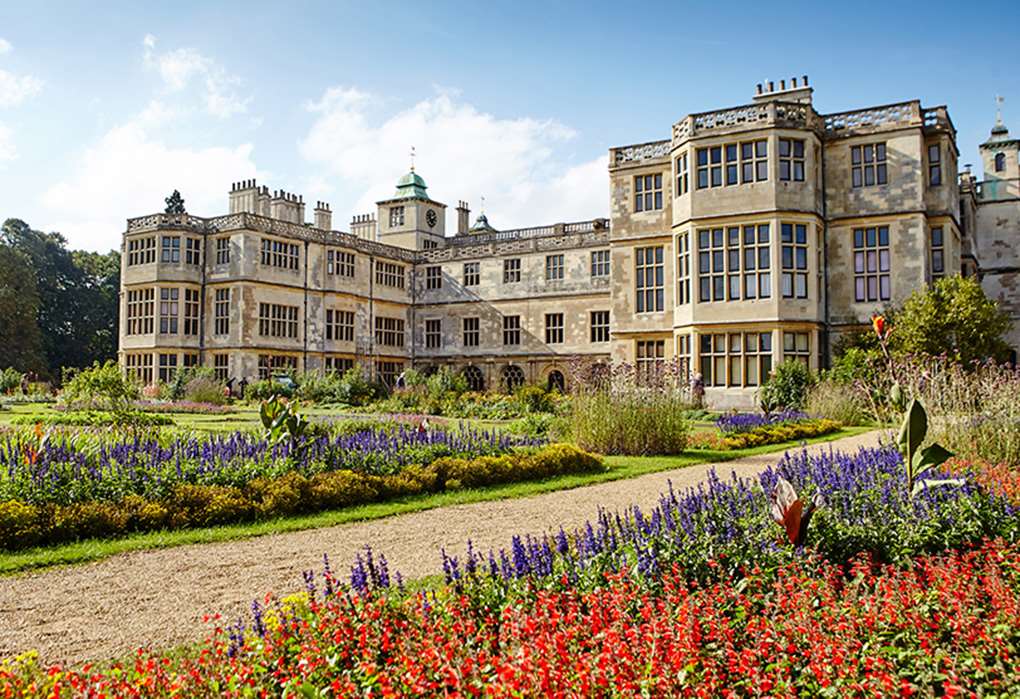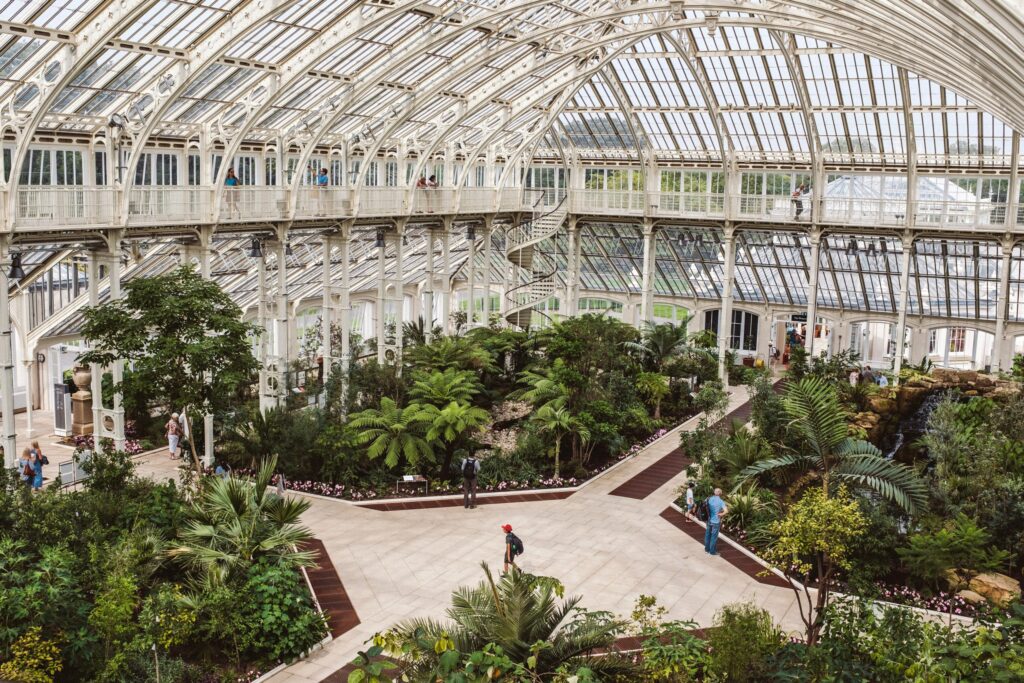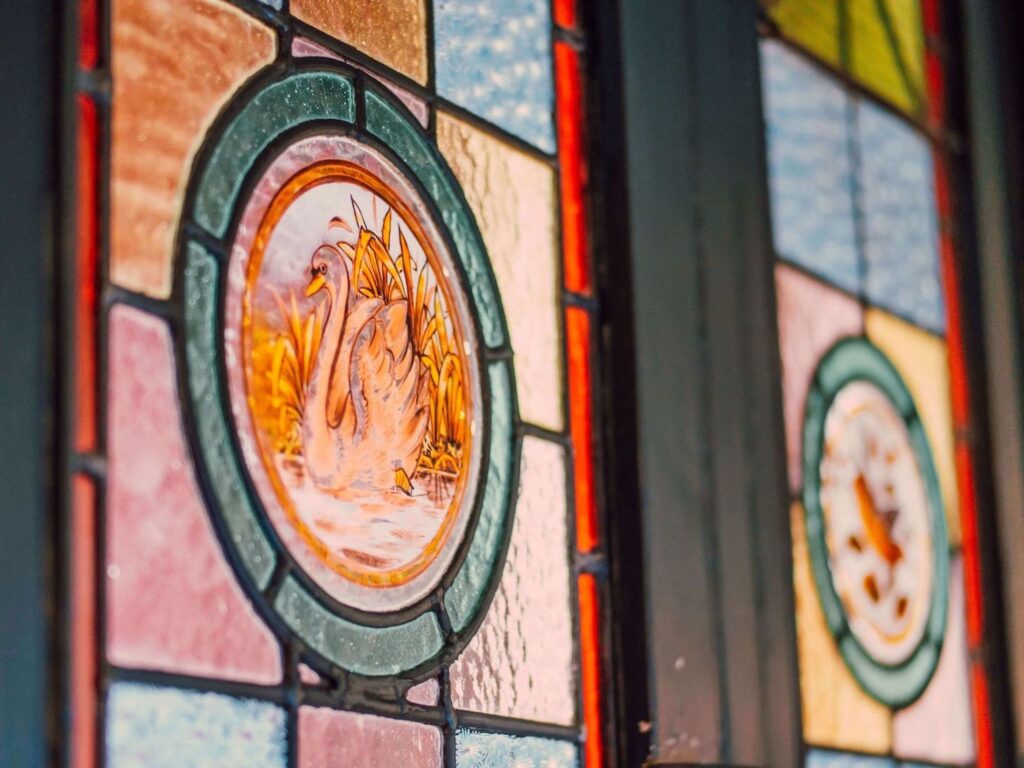Art Nouveau architecture was immensely popular towards the end of Queen Victoria’s reign and such is its enduring appeal that many towns and cities still boast fine examples of this building style.
Here are several inspirational UK-based Art Nouveau archictural buildings built in the Victorian era that you can discover for yourself.
Glasgow School of Art and The Hill House by Charles Rennie Mackintosh (Glasgow)
In the hometown of Art Nouveau’s best-known exponent Charles Rennie Mackintosh, you can see his Glasgow School of Art and The Hill House in Upper Colquhoun Street. Charles Mackintosh might be a familiar name to you if you’re familiar with Art Nouveau architecture and the Victorian era as his design choices shaped Victorian homes significantly.
The School of Art is housed in a number of buildings in Garnethill, an area first developed by William Harley of Blythswood Hill in the early 1800s. The most famous of its buildings was designed by Mackintosh in phases between 1896 and 1909. The eponymous Mackintosh Building soon became one of the city’s iconic landmarks and stood for more than 100 years. It is an icon of British Art Nouveau styling.
Tragically, the building was severely damaged by fire in May 2014 and destroyed by a second fire in June 2018, with only the burnt-out shell remaining.
The Hill House is considered to be Mackintosh’s domestic masterpiece. Commissioned by book publisher Walter Blackie, Mackintosh and artist Margaret Macdonald collaborated to create almost everything, from the building itself to the furniture and textiles within. It is now owned by the National Trust for Scotland.
download the full victorian homes ebook
Download Victorian Homes, a free ebook created by Adrian Flux insurance services. It is full of Victorian house facts, tips on how to create a Victorian style house — even if you live in a new-build home — and advice on where to source original Victorian and reproduction fixtures, fittings, furniture, accessories and art.
Everard’s Printing Works by Henry Williams (Bristol)
Henry Williams designed the Everard’s Printing Works (1901) in Bristol, with its tiled façade in a design by WJ Neatby of Doulton and Co.
It has a triple archway design on the ground floor, with two on the first floor and four on the upper floor, and above them is a female figure which represents truth and light. The contributions of William Morris and St John the Baptist are reflected in the design.
Read our blog to find out about Brunel’s Bristol and other engineering masterpieces of the Victorian era.
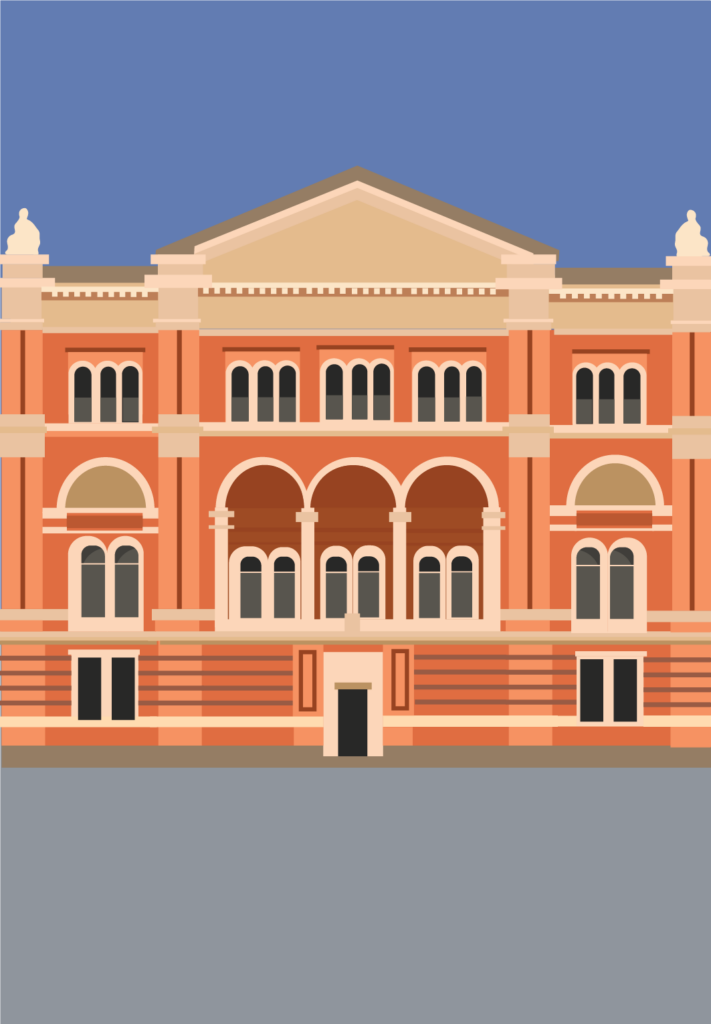
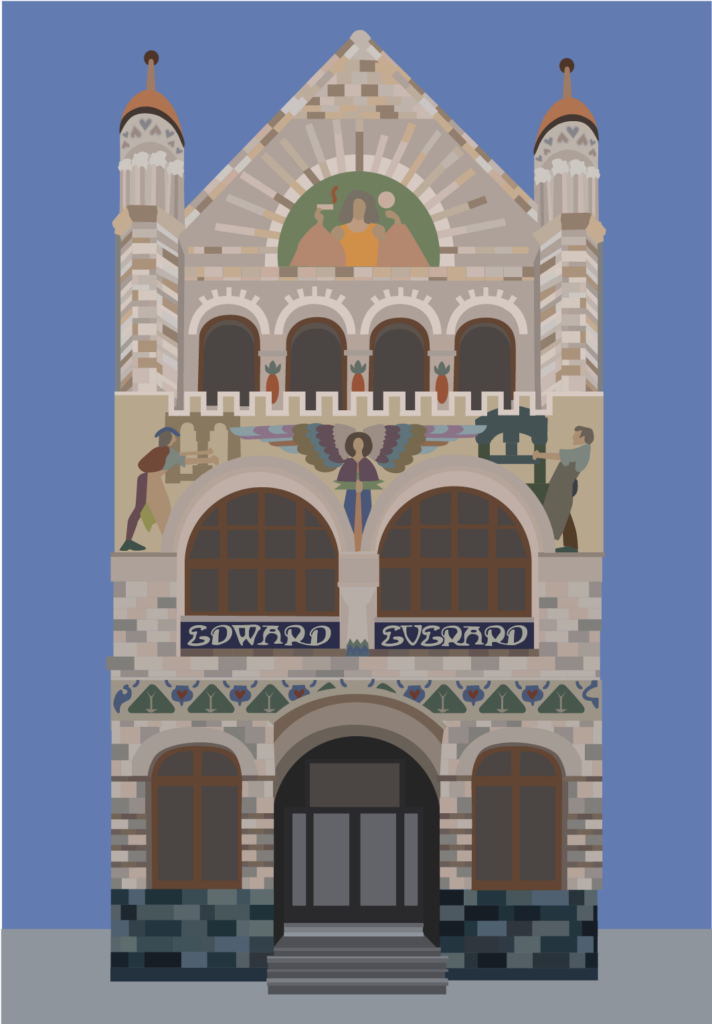
The Royal Arcade by George Skipper (Norwich)
The Royal Arcade in Norwich opened in 1899 as a 247ft covered avenue designed by local architect George Skipper.
Built on the site of an old coaching inn, it is two storeys and tiled throughout in pastel creams and greens. It has a fully glazed roof and the shops within it are all framed in mahogany or other dark wood and project into the arcade with bowed windows.
There are panels of decorative tiles featuring peacocks and flowers that were made by Doulton and designed by ceramic sculptor WJ Neatby. Look out for the stained glass window at the end of the arcade with its trees and birds and a façade topped with a stunning angel, its wings reaching to the sky.
Harrods Food Hall and the Victoria & Albert Museum (London)
There are many fine examples of Victorian Art Nouveau buildings in London. Among them is Harrods Food Hall, which was decorated in 1902 with WJ Neatby tiles that feature huge peacocks and a range of Art Nouveau designs.
The Victoria and Albert Museum is the world’s largest museum of applied arts, decorative arts and design, housing a permanent collection of more than 2.27 million objects. It was founded in 1852 and named after Queen Victoria and Prince Albert.
You can also see fine Art Nouveau workmanship at The Criterion at Piccadilly Circus, and The Fox and Anchor pub in Islington.
Manchester City Council Town Hall by Alfred Waterhouse (Manchester)
Manchester City Council Town Hall faces Albert Square to the north and St Peter’s Square to the south and is home to the city’s cenotaph.
Designed by Alfred Waterhouse, it was completed in 1877 and contains offices and grand ceremonial rooms such as the Great Hall, decorated with Ford Madox Brown’s Manchester Murals – which tell the story of the city – and the Sculpture Hall, which contains busts and statues of influential figures from the city’s past.
The 280ft clock tower houses Great Abel, the clock’s bell. The Town Hall is regarded as one of the finest interpretations of Gothic revival architecture in the world.
Want to discover more about Victorian Art Nouveau styles?
Read our blog to find out more about Art Nouveau style or read this blog to discover six beautiful Victorian gardens to visit this summer.
Looking to insure your Victorian Home?
Adrian Flux is a specialist insurance compnay offering bespoke cover for all period and Victorian homes. Call 0800 369 8590 got a fast and hassle-free quote.
Our home insurance customers saved an average of 31% in 2021 when taking out a policy with us. See how much you could save by giving us a call.
